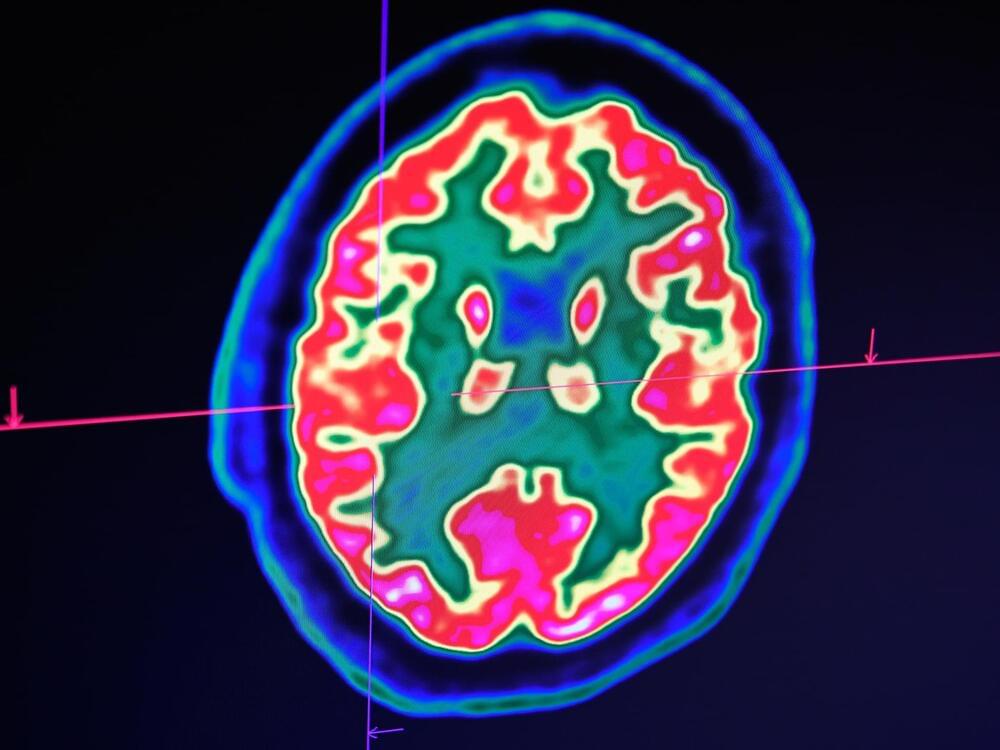What lies in store for humanity? Theoretical physicist Michio Kaku explains how different life will be for your descendants—and maybe your future self, if the timing works out.




Tokyo, Japan – Yu Takagi could not believe his eyes. Sitting alone at his desk on a Saturday afternoon in September, he watched in awe as artificial intelligence decoded a subject’s brain activity to create images of what he was seeing on a screen.
“I still remember when I saw the first [AI-generated] images,” Takagi, a 34-year-old neuroscientist and assistant professor at Osaka University, told Al Jazeera.
“I went into the bathroom and looked at myself in the mirror and saw my face, and thought, ‘Okay, that’s normal. Maybe I’m not going crazy’”.


FLEX is a multipurpose lunar rover that will be part of the payload of a SpaceX Starship support mission that will land near the lunar South Pole’s Artemis site to provide logistical support.
SpaceX contracted to send its Starship to the Moon in 2026 with an Artemis support payload aboard. including the FLEX Astrolab lunar rover.
For 50% off with HelloFresh PLUS free shipping on your first box, use code ORANGERIVER50 at https://bit.ly/3LBJUes.
#startrek #holodeck #technology.
The holodeck is one of the most recognizable technologies from Star Trek. They use a combination of light projection, force fields, transporter tech, and matter replication. But how are they different from the rec room in TAS or the combat simulator in Discovery?
Join this channel to get access to perks:
https://www.youtube.com/channel/UCF5F2zbc6NhJVyEiZGNyePQ/join.
Watch my video about Replicators: https://www.youtube.com/watch?v=1V2E6eNEgqQ
Written, filmed, & edited by OrangeRiver.

Samsung Electronics plans to cut back memory chip production as its operating profit in the first quarter of 2023 is expected to plummet about 96% from the previous year. This will be the lowest profit posted by the South Korean tech giant since Q1 2009.
The global macroeconomic slowdown, memory chip oversupply and sluggish demand have hurt its profit, the world’s largest memory chip maker said in its preliminary earnings release on Friday.
“Samsung is adjusting to lower its memory production to a meaningful level,” it noted. Samsung claims to optimize line operations to secure enough memory chip volume for future demand. The tech company added that it will continue to invest in infrastructure and research and development to strengthen its tech leadership in the industry.

Founded in 2005 as an Ohio-based environmental newspaper, EcoWatch is a digital platform dedicated to publishing quality, science-based content on environmental issues, causes, and solutions.
While the electric vehicle market expands, some drivers remain hesitant to switch to a fuel-free car or truck because of range anxiety, or the fear that the battery of their EV won’t have enough power to get to another charging station. But researchers have found a way that could give EV batteries a pretty substantial boost, extending the vehicle range more than 10 times.


Black holes are found throughout our universe. However, astronomers have discovered two new black holes close to Earth that have raised some eyebrows. While discovering black holes near Earth isn’t unusual, these two holes are much further from their stars than expected.
This has presented some questions for astronomers because it differs from how these binary systems are usually set up. Normally, when a black hole and a star share a system, they are known as binary systems, and the black hole usually eats away at the star.
That eating of the star is what makes the black holes much easier to spot, as they give off high-energy readings. However, black holes like these found close to Earth that are further from their star are “dark,” not creating high bursts of energy because they aren’t eating away at their star.